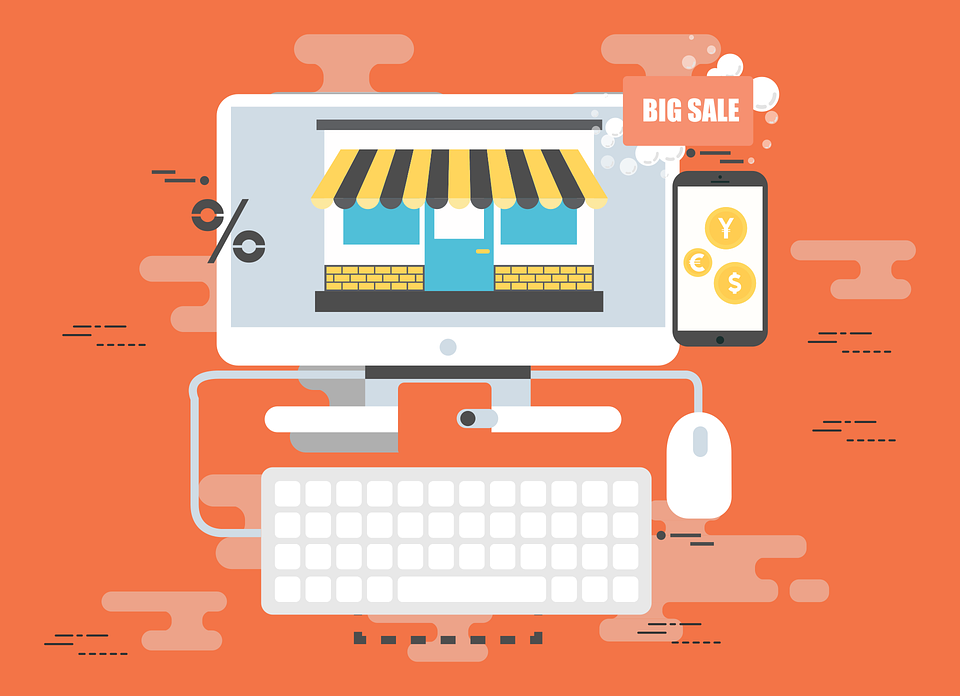To put it simply, even if you have a fantastic product to sell, you may not have a successful product launch if you don’t use a few tried and true strategies outside of traditional advertising. Launching a product on Amazon is a complex process that requires attention and planning.
A successful product launch will involve a number of strategies and plans to use Amazon’s algorithm to your advantage. You’ll also need to keep in mind the many niche challenges that your product could face on the platform. Luckily, there are several ways to tackle these issues and have a great product launch– and they all come down to utilizing a bottom-up approach that involves account management.
Brands of all types and niches can prep their products for Amazon marketability simply by using a systematic approach and plan. We recommend doing this before implementing a more solid, comprehensive strategy for pushing traffic and improving long-term performance.
Check out our guide below to learn more about the keys to launching products on Amazon in 2021.
5 Steps to a Successful Product Launch on Amazon in 2021
With these five simple steps, you’ll be on your way to a successful product launch on Amazon
Get your Prime Badge First and Foremost
Securing your Prime badge is extremely important when launching a new product on Amazon. This little marker is incredibly valuable when it comes to signaling to potential customers that your new product is reliable and efficient. It’s also a great way to add value to your product by offering quick two-day shipping or less, which is very attractive to today’s need-it-now.
consumer. Amazon Prime has been doing this for years, so it makes sense why customers find products with Prime badges to be more attractive on the platform. In fact, a product with a Prime badge will see a sales boost of over 50% on average.
There are a number of other reasons why this is such an important element for product launches. Namely, Amazon’s search algorithm focuses on placing products that are eligible for Prime at the top of search pages, so customers who use Amazon regularly (Prime members) will see these products immediately.
For third-party sellers, there are a few steps to take in order to successfully get that badge.
A great strategy involves opting into FBA (Fulfilled by Amazon). This allows sellers to fulfill their orders via Amazon’s warehouses while still establishing ownership over the items they sell. FBA is worth it because you won’t have to worry about shipping products to your customers. If this isn’t ideal, you can also opt-in for Seller Fulfilled Prime if you’re able to prove how reliably your team is able to meet Prime’s standards for shipping.
Optimize and Improve Your Product and Brand Content
We get it. When you finally get close to launching a new product, the knee-jerk reaction is to start driving traffic with lots of ad campaigns and promos. However, without valuable content, you’re missing out on a chance to show your customers your product’s true value. This is a very important element to consider when driving conversions.
Don’t waste your advertising budget on ads and promos that have a low sales volume. Instead, put more money and energy into creating excellent content early on in the product launch.
Unfortunately, creating great content isn’t as simple as getting ahold of a Prime badge. Excellent content varies significantly from product to brand to niche. You should also account for changes in your target market’s lifestyle, especially if you create products in the fashion niche.
Don’t oversimplify your content. Create clean, clear, and accurate customer profiles by using your market research resources. Once you’ve created an excellent buyer persona, you can then start making creative decisions with your content to effective convert your target customer base.
Types of content that you can develop include:
- Infographics
- e-Books
- Case studies
- Videos
- White papers
- Articles and blog posts
- Informative landing pages

Remember this: The more valuable and impactful your content is, the more likely your target customers will convert. If you’re interested in reading more about building your brand store, check out our blog post on it here.
Focus on Customer Reviews
Customer reviews are gold in the Amazon seller world. Potential leads are so much more likely to purchase an item on Amazon if it has the Prime badge, is backed by excellent content, and has many ratings and reviews from satisfied customers. In fact, almost half of customers will look at reviews over any other factor when making a purchase decision on the platform.
It’s not enough to just have ratings, either. Customers will often filter their search results based on the volume of quality, in-depth reviews that the product has. If your product has no reviews, many customers will not consider a purchase.
Getting reviews can be tricky. On average, organic review rates sit around 2% for most sellers. Luckily, there are some tools you can use to get reviews quickly. Amazon Vine is one program that can help. You’ll need some established sales to start, so we recommend using this tool if you already have a product with a handful of established reviews.
Another option is the Buyer-Seller messaging program.
This is free for all third-party Amazon sellers. You can use this tool to send out personalized messages to customers after they have purchased an item. You can use this messaging to communicate valuable information for your new customer, such as tips for using the product and add-on product recommendations. Once the touchpoint has been established, you can use messaging to ask your customers to leave a rating and review.
Generate Traffic Towards Your Amazon product Pages with SEO and Other Strategies
Once you’ve taken the above steps, you’ve set your product launch up to have an optimum number of conversions. At this point, your product is ready for the market. Now is the time to start looking into customer traffic strategies.
Your advertising strategy should touch on all parts of your sales funnel. These include:
- Search advertising. Use some of your ad spend on very broad keywords. This is excellent for improving your overall brand awareness. Also, invest in more detailed keywords to improve your organic search rankings.
- Amazon DSP. The demand-side platform of Amazon is worth investing in if your brand has the resources. This platform can be used to target external traffic and launch display ads that utilize hefty Amazon customer data.
- Social media. Social media marketing is a great way to improve brand awareness, connect with your customer base, and establish yourself as an authority in your particular niche or industry. A brand-controlled presence online doesn’t have to be an expensive process either, though it can be a bit time-consuming and requires quite a bit of management and monitoring.
- As we mentioned earlier, creating excellent and valuable content is the key to converting new shoppers. When you’re developing top-tier content on your blog and other platforms, you’re already a step ahead of Amazon sellers that simply dump their resources into ad campaigns that don’t really establish their product’s value.
Test the Entire Process
Testing and optimizing are important parts of a successful Amazon product launch in the long-term. You want to guarantee that your product will be successful, and this requires a little bit of research and establishing what processes and methods are proven to work.
Use your metrics to determine which marketing endeavors seem to be delivering the best leads and highest number of conversions. You can do this by using a CRM platform.
It also helps to ask yourself a few key questions: Is your content targeting the right buyer persona? Does your product have enough reviews to attract new customers? What ad strategies do you have that are hitting each point in your funnel?
You can get a clearer picture of your product launch’s success by looking at your organic keyword rankings. If the five steps we’ve explored have been successfully followed, you should see your product’s ranking increase (albeit slowly) in the next few weeks.
It’s also worth putting some time and energy into A/B testing. Try out different images and copy for your Amazon product pages to see how well different types of content and language perform in terms of conversions. Just make sure that you’re only changing one thing at a time so you can adequately determine if a change is helping or hurting your outreach. It also helps to keep an eye on what competitors are doing as well.
